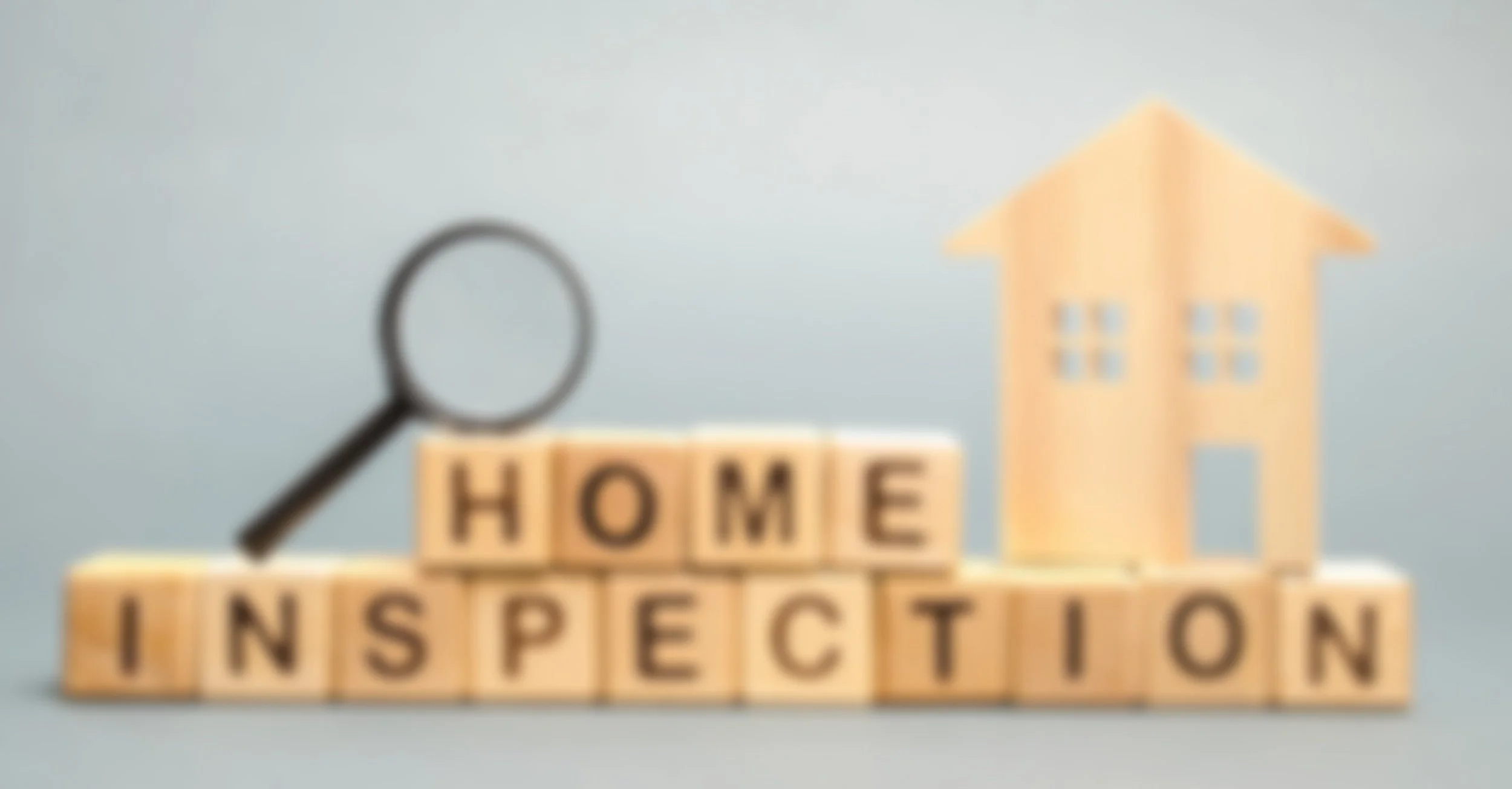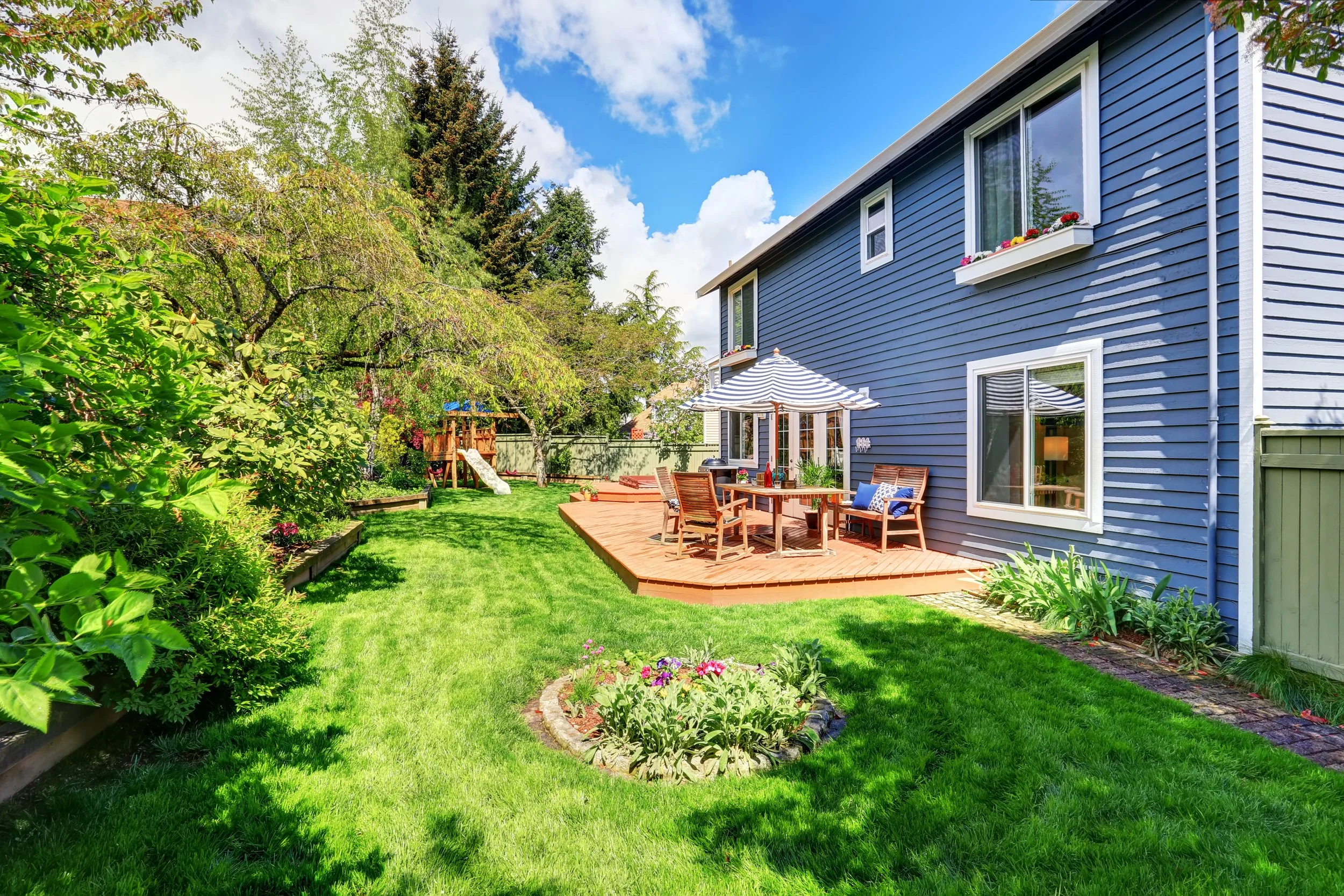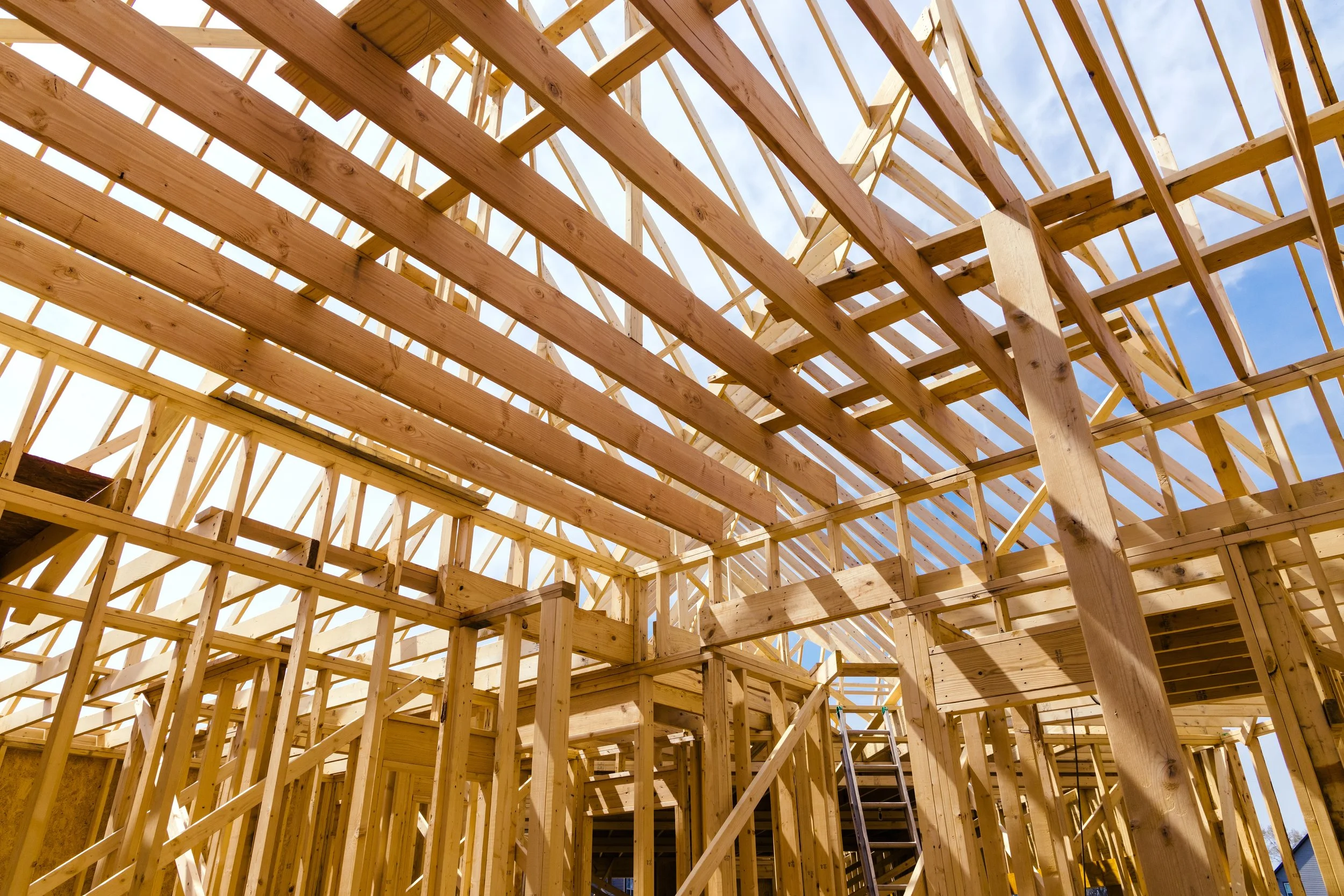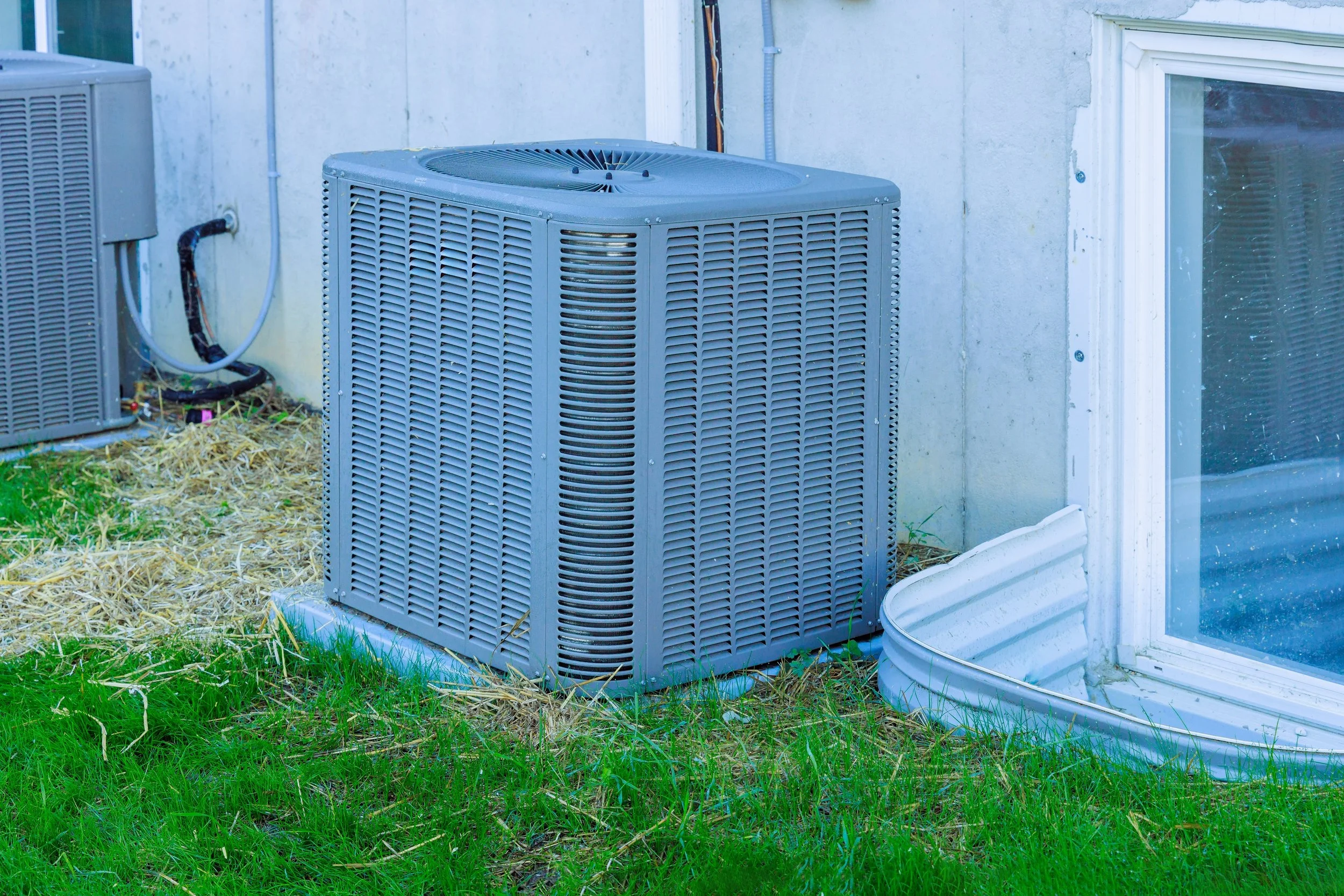
What’s included in an inspection?
Every home inspection includes a professional visual assessment of 10 essential systems and components that cover the whole house—because knowing what you're walking into matters.
A home inspection is a crucial part of buying a home or condo. From the structural backbone of the house to everyday details that affect comfort and functionality, I’ve got you covered. I inspect the big stuff: the foundation, roof, the electrical system, plumbing and more. These are critical for safety, stability, and long-term value. I also check the functional features that impact daily living—like heating and cooling systems, closet doors, bedroom and entry doors, windows, kitchen cabinets, and installed appliances.
Condominiums have some excluded common areas based on shared responsibilities, but I’ll walk you through what applies to your property specifically. Whether you’re buying a house or a condo, you’ll receive a detailed written report with photos, descriptions of deficiencies, and recommended actions for correction.
My mission? To give you clarity and confidence throughout the home buying process. If you’d like to know more about each of the 10 systems and components and their inspection, click on the (+) plus sign for each below. And if you have further questions, don’t hesitate to reach out—I’d love to help guide you home.
-
My interior home inspection evaluates your home's safety, condition, and functionality. I check kitchen cabinets, countertops, sinks, and appliances. Throughout the house I check that bedroom and closet doors open and close smoothly, and ensure windows operate properly. Are the toilets flushing properly? What’s the condition of the bathroom fixtures? What about the tub and its surround? I check them all and include that in a written report. Walls, ceilings, and floors are assessed for cracks, warping, and signs that could indicate a deeper problem. I test electrical components—including outlets, switches, and light fixtures—to confirm they’re working safely and reliably. Stairs, steps, and railings are inspected for secure construction and proper spacing between banisters to meet modern safety standards. In the garage, I test door openers and safety mechanisms like auto-reverse features, and I verify that the door leading into the living space is properly sealed, to ensure carbon monoxide doesn’t leak into the house. I also inspect installed appliances such as ovens, ranges, cooktops, microwaves, dishwashers, garbage disposals, washing machines, and dryers to ensure they’re functioning. Every detail matters when it comes to keeping your home safe and comfortable.
-
In New Jersey, a thorough home inspection includes a professional assessment of your home's exterior—because curb appeal is just the beginning. I evaluate the safety, condition, and functionality of things that protect and define your home from the outside. This includes wall coverings like siding, brick, or other materials, as well as the flashing that seals gaps and prevents water intrusion. I also inspect the trim that gives your home its character, along with the eaves, soffits, and fascias—the architectural details where the roof extends beyond the walls.
Outdoor structures such as decks, balconies, stoops, steps, porches, and their railings are carefully examined for stability and safety. I also assess the grading and surface drainage that ensures water flows away from the foundation, check retaining walls that could affect the house for integrity, and note any vegetation that could impact the structure. It’s all about making sure your home’s exterior is not only beautiful, but able to endure.
-
A roof inspection is all about making sure your home stays dry, safe, and structurally sound. I assess the safety, condition, and functionality of the roofing materials _ asphalt shingle, modified bitumen, metal, slate, or a type of rubber material _ along with skylights, chimneys, and roof penetrations—those critical spots where vents and pipes pass through the roof. I also take a close look at the drainage system, including gutters and downspouts, to ensure they’re properly angled and capable of directing water away from your home’s foundation.
While real estate disclosures may offer clues about the roof’s age, my inspection examines its condition and gives you a clearer picture of how well the roof has held up over time. And it’s not just what’s on top—I also inspect the structural components holding up the roof, such as beams, rafters and premanufactured trusses, as part of the overall structural evaluation. Because when it comes to your roof, peace of mind starts with knowing it’s built to protect.
-
In New Jersey, a professional home inspection must include an evaluation of your home’s structural integrity—because everything else depends on it. I assess the safety, condition, and functionality of the key components that hold your home together, starting with the foundation: the solid base your entire home rests on. From there, I examine the beams, joists and paneling that support the floors, determine, and where possible, inspect the framing and that shape and support your walls and ceilings, and the structural rafters or trusses that keep your roof securely overhead. These elements form the skeleton of your home, and I make sure they’re in good condition.
-
A plumbing inspection examines your home’s water systems—because leaks and outdated pipes can lead to costly surprises. I assess the safety, condition, and functionality of your plumbing system, starting the supply lines that deliver clean water to fixtures like faucets, showers, and toilets. I also inspect the drain pipes that carry wastewater away from your home and into the sewer line.
Your water heater gets special attention too. I evaluate its condition, determine its age, and let you know how long such a water heater usually lasts. You’ll also learn what type of piping is in your home—whether it’s copper, PEX, PVC, ABS, or something more concerning like galvanized or lead pipes. This gives you clarity about your water’s safety and helps identify any upgrades that may be needed.
I also check vent systems, flues, and chimneys connected to the plumbing, along with devices like sump pumps and sewage ejectors that help manage water and waste in basements. Any visible signs of past leaks or repairs will be documented in your report—even if they show up in other sections of the inspection report.
Note: A sewer line inspection, which involves running a camera on a cable through the sewer line, is highly recommended but not included in a standard home inspection.
-
A home’s heating system should do more than just keep you warm—it should operate safely, and reliably. During the inspection, I assess the system’s safety, condition, and overall performance. I start by checking whether it has sufficient airflow and proper ventilation to run effectively. I also look for visual red flags that may signal deeper issues—especially in forced-air gas-fueled furnaces. These signs can include rust (often from venting problems), scorching near burners (which may indicate combustion issues), missing or damaged components, and blocked air intakes like dirty filters.
To get a clearer picture of how well the system is functioning, I measure the temperature difference between the cool air entering the furnace and the warm air exiting. This helps determine if your heating system is properly operating or struggling to keep up.
Whether your home uses an oil or electric furnace, a heat pump, or a boiler system with radiators, I conduct a systematic, visual inspection to ensure it is working. After all, comfort shouldn't come at the cost of safety or surprise breakdowns.
-
A properly functioning cooling system is essential for comfort, especially during New Jersey's sweltering summers. During this inspection, I assess the safety, condition, and functionality of your air conditioning unit or other installed systems like heat pumps or evaporative coolers. I look for signs that could reduce performance or shorten the system’s life—things like bent fins on the evaporator or condenser units (which help move heat out of your home), crimped or damaged tubing, ice buildup that could signal poor airflow, or oil stains that might hint at refrigerant leakage.
I also examine the insulated suction lines that carry heat outdoors, checking for wear or damage that could impact efficiency. To give you a clear sense of how well your system is performing, I measure the temperature difference between the warm air entering the evaporator coil and the cool air being circulated through your home.
-
An electrical inspection is all about making sure your home’s power system is safe, functional, and ready to meet your needs. While I won’t be tearing into walls to inspect hidden wires, I do open up the electrical panel to examine breakers and wiring connections. I check that everything is properly installed, safely configured, and suitable for the appliances or rooms it powers.
Throughout the home, I test switches and outlets to ensure they’re wired correctly and functioning as they should. Special attention is given to GFCI outlets—those safety-critical devices found in kitchens, bathrooms, and other areas near water—to confirm they’re working and protecting you from electrical shock.
You’ll also learn about your home’s available amperage, which is key if you’re planning renovations or adding high-powered appliances. Plus, I’ll identify the prevailing type of wiring in your home, giving you insight into its age, and any visible concerns.
-
While most of your home’s insulation is hidden behind finished walls, ceilings, and floors, a professional home inspection can still uncover clues about how well your home is protected from the elements. In areas where insulation is visible—such as unfinished attics, crawl spaces, or basements—I evaluate the material for safety, condition, and functionality. I also inspect vapor barriers in those areas, which are designed to prevent moisture buildup inside walls that could lead to mold or structural issues.
Ventilation plays a crucial role too. I check attic and crawl spaces for venting for proper air circulation, helping reduce excess humidity and regulate temperatures. Additionally, I inspect the exhaust systems in kitchens, bathrooms, and laundry areas to confirm they’re venting air effectively to the outside. These components are key to maintaining indoor air quality and preventing moisture-related problems.
While a full view of your insulation may be out of reach, this inspection provides insight into the home's ability to stay comfortable year-round.
-
There’s nothing like the charm of a crackling fire—but before you cozy up, your fireplace needs a checkup. During a home inspection, I take a close look at the fireplace and chimney to ensure they're safe, functional, and ready to use. One key focus is excess creosote buildup—that sticky, tar-like residue from partially burned wood, which is one of the leading causes of chimney fires. If dangerous buildup is present, you'll know right away.
I also inspect the chimney cap, which plays a vital role in keeping out rain, snow, birds, and curious critters looking for a warm nesting spot. I look for visible cracks in the hearth and firebox, and keep an eye out for signs of structural shifting that could affect the chimney’s stability.
This part of the inspection helps make sure your fireplace isn't just picturesque—but also safe for winter nights and holiday gatherings.
-
A professional home inspection is a non-invasive, not technically exhaustive, visual assessment—not a deep dive behind the walls or beneath finished surfaces. I conduct inspections in accordance with the New Jersey Standards of Practice and inspectors are regulated by the New Jersey Division of Consumer Affairs to ensure consistency and professionalism. An inspection examines the safety, condition, and functionality of a system or component, not if it meets local building codes and ordinances.
There are some limitations to what can be inspected at the time of an inspection. For instance, if a basement or attic is filled with stored items or certain areas are covered by drywall, paneling, or other finishes, full access may not be possible. But I’ll do my best to work around obstacles and use alternate proven methods to evaluate the home’s condition whenever feasible.
No matter what, you’ll receive a clear report detailing:
What was inspected
What couldn’t be inspected and why
Recommended next steps or areas needing further evaluation
Transparency is key—and my goal is to give you as complete a picture as possible, so you can make informed decisions with confidence.











